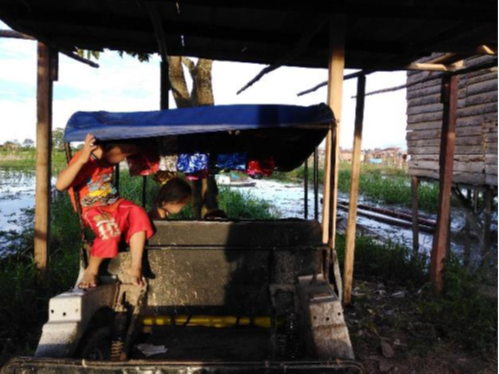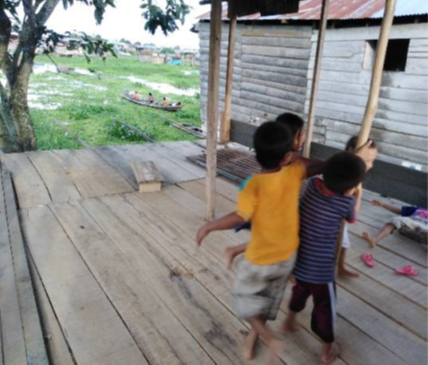


Are you sure you want to reset the form?
Your mail has been sent successfully
Are you sure you want to remove the alert?
Your session is about to expire! You will be signed out in
Do you wish to stay signed in?
Childhood Constructions in Museums of Childhood
Check out the National Childhood Collection, now with the Victoria & Albert Museum of Childhood. Considering photographs of the items in the collection …
You can filter the collection by categories – children’s clothes and dolls & toys are particularly useful filters for the above questions.
Do you have a local museum of childhood or have access to other museums online? Examples include:
ü The Strong National Museum of Play in Rochester New York
ü Le Musee des Enfants in Brussels, Belgium
ü CosmoCaixa in Barcelona, Spain
ü Junibacken in Stockholm, Sweden
ü Papalote Museo del Nino in Mexico City, Mexico
ü Seoul Children's Museum in Seoul, South Korea
You may find it interesting to explore these further. Are they museums of or for children (or both)? If you visit the museums, how do children of different ages and backgrounds interact with the museum’s collections and space? What do the answers to these questions tell you about social constructions of childhood, decolonization, childism/adultism and generational order?
The activism of children and young people has recently captured global attention.
Have a look and/or listen to examples you can find on the internet, or other sources, of child and youth activists addressing largely adult audiences. Examples are:
ü Malala Yousafzai addressing the United Nations in 2013 on education https://www.youtube.com/watch?v=3rNhZu3ttIU
ü Greta Thunberg’s speech to world leaders at the 2019 UN climate action summit in New York https://www.youtube.com/watch?v=u9KxE4Kv9A8
ü World Vision Young Leaders Addressing Violence Against Children – webinar https://youtu.be/0BYImjckUxQ
In these examples:
Karina Padilla Malca undertook her PhD research in a flood-prone area in Amazonian Peru. Her study explored the lived citizenship of early childhood in this context, collecting data over 9 months using ethnographic research methods.
Below are some excerpts from her fieldwork, where children found ways and places to play within their neighbourhood.
(To note that all children’s names are pseudonyms and their consent for these images to be used were given by them and their parents.)
Consider these examples from the perspectives of children’s agency:
One picture (see below) shows children playing under an empty house, in the transition period for the flooding. The water was increasing and it was difficult to move on the street.

Karina further explains the photograph:
“Children in this photograph were sitting in the motorcar talking and drawing. The motorcar belonged to a neighbour who could not use the vehicle to go to work because of the mud; therefore, the owner used the ground under the house as a garage. … [The] children’s gathering finished when the owner of the motorcar yelled at us to leave the place. The children laughed and invited me to go to Jimena’s house.”
Another picture shows children playing on the first floor of an empty house during the flood season:

Karina further describes the photograph’s context:
“…[they were] on the first floor because the ground floor was covered by water. As it was an empty house, it did not have bridge to access it. The day I took the photograph, the children showed me how they climbed to the place from Jimena’s house who lived next to it.”
You may want to read more about Karina’s analysis – her PhD is available in the Edinburgh Research Archive ‘Lived citizenship in early childhood in a flood-prone area in Amazonian Peru’.
Klocker, N. (2007), ‘An example of “thin” agency: Child domestic workers in Tanzania’, in R. Panelli, S. Punch and E. Robson (eds), Global Perspectives on Rural Childhood and Youth, 83-94, New York: Routledge.